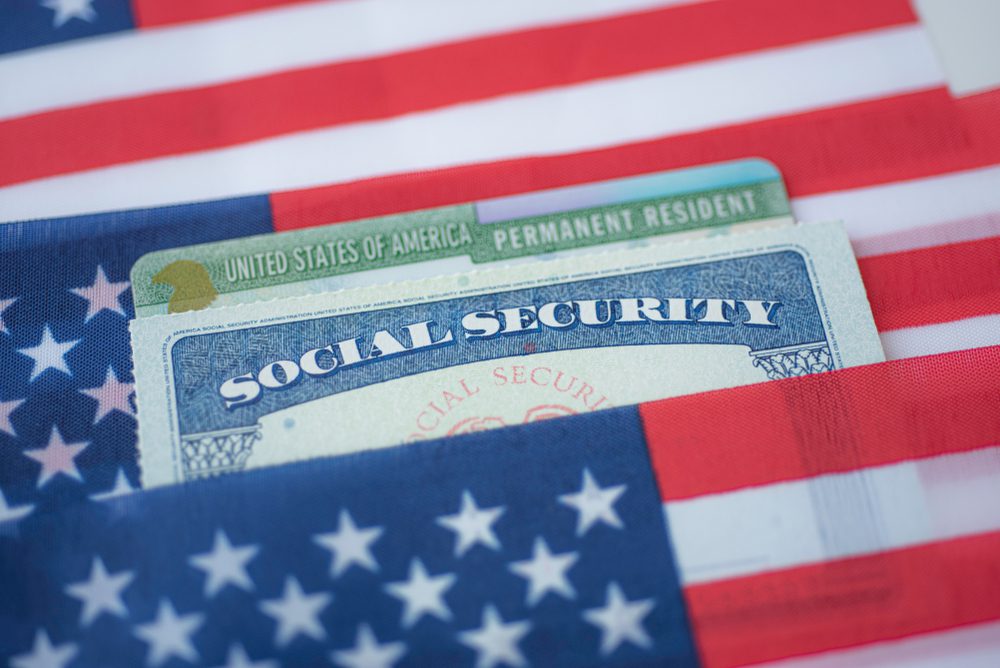You are an American, and you probably already know that one of your most important rights is the right to vote. In the past, voting was a privilege, but hopefully, that injustice has been corrected.
Now, every adult can vote. Individuals over 18 are no longer denied the right to vote based on religion, gender, race, handicap, or sexual orientation. Citizens must register to vote in every state except North Dakota, yet the registration procedures and regulations differ by state.
One thing that is critical is to constantly be educated, and voting is no exception. Many myths are becoming popular online, and we are here to help you know the key facts. Read on if you want to discover them.

Fact no. 1: There are several precautions in place to ensure that people vote only once and that no one votes in the name of a deceased person
- Myth: After using the Mid Term Monitor, we found out that there are Instagram and Facebook posts that encourage people to believe that in the 2020 election, dead people voted. Those posts are made by the secretary of state candidates, and they promote the idea that deceased persons were left on voter rolls during the election and that this is going to happen again.
Now you need to know that voter fraud is unacceptable, and because of this, it rarely happens. Most credible claims of voter fraud can be easily traced, and if we were to take a closer look, many of them crumble when put face to face with the facts. There are many election security measures out there that are made exactly to prevent eligible voters from casting more than one ballot or to stop anyone who tried to vote in the name of someone who is no longer with us.
All of the states must update their voter rolls regularly, and when they do that, they remove the deceased and also those who moved out of the state. Another thing is that every state cooperates with the U.S. Postal Service’s National Change of Address Program and other government institutions in order to update their list.
Also, every state has logs that record the way people voted (early, absentee, and mail voting). This helps prevent anyone from double-voting by duplicating mail ballots or sometimes even in person.
Fact no. 2: You can vote by using drop boxes or by mail. They are both secure and reliable methods of voting due to several safety features that prevent fraud
- Myth: Perhaps you’ve already seen all the social media posts that claim that alternative voting methods such as absentee voting or drop boxes are the main culprits for mass voter fraud. The posts say that these methods are used as vehicles for this fraud, and we should not trust them.
The fact is that the United States has been using mail ballots for over 150 years, and since then, this method has been successful. During all these years, states wanted to keep all of this secure, so they developed various layers of security to protect it against fraud.
This type of vote fraud is rare, and according to some analysis, the chances of getting struck by lightning are higher than someone committing voting fraud by mail ballot fraud.
The monitoring methods are different since they depend on the state. Every state has its own rules, but the most common type of monitoring is video surveillance. Drop boxes are watched over by security cameras and also by teams of bipartisan election workers. These workers make sure that ballots are handled and counted properly. In short, this is how every state makes sure that their votes are not fraudulent, and until now, it seems like the whole process is effective.
Fact no. 3: Machine counting huge numbers of votes is substantially more accurate and dependable than manual counting
- Myth: For many years, election deniers have promoted the idea that machine counting is ineffective and causes a lot of errors. Also, they think that hand counting is the best and should be adopted throughout the entire US.
Besides the smaller jurisdictions, hand counting is not a practice anymore. Today, election officials are using machine counting as their main tool when counting ballots. Numerous studies have shown that hand counting is an inefficient method that is both more expensive and more error-prone than machine counting.
And now, if you think that machines are less secure than hand counting, you should know that these machines are built to respect federal and state security standards. Before they are assigned to usage, they go through many tests to check if everything is working according to the standards.
Yes, it is true that there is no system in this world that is perfect. And because of this, there are forty-four states that run post-election tabulation audits. During these audits, a sample of the ballots is numbered by hand in order to confirm if the machine counted properly.
All in all, hand-counting ballots is an inefficient method that is not feasible in all but the smallest jurisdictions.
Fact No. 4: In order to improve the quality of their voter lists, more than 30 states collaborate with a nonpartisan and nonprofit organization called the Election Registration Information Center (ERIC)
- Myth: Election deniers consider that ERIC can’t be trusted because it is used by the Democrats in order to boost the number of votes they receive.
This is completely false. ERIC is basically a partnership created between states that helps them improve their voter rolls. This nonprofit organization tries to keep the voter rolls as accurate as possible while giving access to registration to all eligible voters. Also, through ERIC, the states that are members can easily analyze their voter rolls and compare them with the voter rolls of other states or federal agencies.
Any state can freely join ERIC, and participation is recognized as being widely bipartisan. Yet, one-third of ERIC member states have Republican governors and legislatures. This includes Missouri, Arizona, South Carolina, and Iowa.
The main goal of ERIC is for the member states to share voter registration data, compare it, and try to identify any vulnerabilities in the state election system. In this way, the voter list can be updated with essential information such as voters who have moved out of the state; voters who have died; and voters who are eligible to vote but are not registered.

Fact No. 5: There are never noncitizens who vote
- Myth: After analyzing the social media posts, we have noticed that almost a third of the ones that claim that dead people are voting also mention noncitizens voting.
After state-led investigations and numerous studies, it has been shown that there are no noncitizens who vote in statewide and federal elections. And you know what? This isn’t surprising since this practice is illegal. If any noncitizen registers or votes intentionally in any of these elections, they will face deportation, prison, and fines.
In recent years, state election authorities in various jurisdictions, including Colorado, Iowa, Ohio, Michigan, and Florida, have committed major investigative resources to identify fraudulent registrations, with just a handful of infractions discovered out of tens of millions of votes cast.
If you are interested in American politics and want to learn more about it but are not a huge reader, you could always try to watch some captivating movies regarding the topic. Not sure where to start? We’ve got you covered. Here is a list we have compiled just for you: 11 Must-See Movies About U.S. Politics.







